Beanbag chairs, iPhones, bike helmets, children’s toys, and cars. What do the things on this list have in common? Industrial designers help create all of them. And the list doesn’t stop there.
Industrial designers build everything, but how do you build a career as an industrial designer? Find everything you need to learn industrial design below.
What Is Industrial Design?
Industrial design is the practice of designing products, objects, services, or devices. Industrial designers create things that are used every day. An industrial designer’s process created most every product you are in contact with.
Designers focus on the appearance and functionality of a product. And they design with the consumer in mind. Their process is critical for the end product.
And the value of a product depends greatly on its design. Additionally, designers will spend time looking and bidding on new projects.
Computers are an essential part of a designer’s life. They will use either computer-aided design software (CAD) or if they work for manufacturers, computer-aided industrial design software (CAID).
What Is Industrial Design Used For?
Industrial design is used for almost everything in the consumer world. Products can include cars, home appliances, toys, and electronics.
An industrial designer combines art, business, and engineering to make these products usable. And they may spend their career focused on just one product.
A designer’s job has many levels. So how does an industrial designer do it?
- First, a designer sketches their idea and creates a blueprint for their product.
- Then they will then use complex computer software to develop virtual models of their design.
- Now they will start researching their consumers. Why do the users need this product and how may they use it?
- After that, they gather the materials needed to build and determine the costs of the project.
- Industrial designers will evaluate the product in detail, including its safety, how it looks, and how it works.
- Another important step is working with other designers or specialists ensuring design concepts are implemented correctly.
- Finally, it’s time to meet with their clients and present the prototype.
Types of Industrial Design
As mentioned before, industrial designers may work on one particular product or category. For example, one may focus on medical equipment while another designs electronics. And still, another creates furniture.
Below are some types of industrial design. Usually, students will decide which route to take at the end of their design program.
Product Design
This is one of the largest divisions. You’ll likely need an advanced degree for this field. Also, taking drawing and art history courses as well as internships will help you along.
Toy Design
Much like an elf in Santa’s workshop, an industrial designer who designs toys must sometimes see life through the eyes of a child. A certain whimsical nature doesn’t hurt. Taking ceramics, painting, and drawing as an undergraduate is recommended.
Ergonomics and Human-Centered Design
Furniture and computers fall into this category. It includes any product that takes into account human interaction.
Automotive Design
Industrial automotive designers design automobiles for the future. Cars, motorcycles, trucks, buses, coaches, and vans all fall under this category. Additionally, these designers work with engineers and marketing researchers.
Learning Industrial Design
Now, you may be wondering if you should take the time to learn industrial design. If you already enjoy designing new things or are an artist, then you may be the perfect candidate.
Once you have learned industrial design, you will have the option to be employed at a business or work for yourself. An industrial designer often works alongside other specialists, so working well with others is an important trait.
How Long Does It Take to Learn Industrial Design?
How long will it take to learn industrial design? The earlier you decide the better as it gives you more time and opportunities for study. You can even start taking courses while in high school. It’s beneficial to get experience in art, computers, and math early on.
There are many educational opportunities, including earning an associate, bachelor’s, or master’s degree at an art school or university with an industrial design major. According to the Art Career Project: “Most industrial designers start their careers with bachelor of arts degrees in industrial design. The majority of art and design schools, along with some traditional universities, offer degree programs in industrial design.”
So ultimately, it can take anywhere from two to eight years to learn industrial design.
How to Learn Industrial Design: Step-by-Step
Here are some specific steps that you can follow to learn industrial design.
- If you are interested in industrial design in high school, you will want to pursue fine arts, physics, design, or visual arts classes.
- After high school, you will need to complete your undergraduate degree. There are two different options for learning industrial design: getting an associate or a bachelor’s degree. Industrial designers require a bachelor’s degree. But if you prefer to work as an assistant or model maker, then an associate degree is enough.
An associate degree in industrial design typically lasts two years. This includes taking courses in computer design and materials. More specific courses include design fundamentals, perspective drawing, introduction to model making, and fabrication techniques. The average cost for an associate degree is $43,650 to $75,000.
A bachelor’s degree in industrial design will take four years. Students likely need to complete prerequisites, like art and design courses, before getting into their program. Typical courses include geometry, history of art and design, color and composition, and basic statistics. While completing a bachelor’s program, you will build a portfolio or even complete internships to assist you in your future career.
3. The next step in learning industrial design is optional: getting a graduate degree. A master’s degree in industrial design can take two years or more. In this program, you will take more advanced courses that could include sketching, interactive prototyping, and a master’s thesis. After a master’s degree, you can even teach classes yourself.
The Best Industrial Design Courses and Training

As you can see, industrial designers require a lot of education. If you’re unsure if industrial design might be for you, explore one of the following in-person, online, or free courses.
Best In-Person Industrial Design Classes
In-person or traditional learning is another great way to explore industrial design. Below are some in-person options.
General Assembly
- Course: Two-Day Product Design Bootcamp- NYC
- Time: Two days
- Prerequisites: None
- Price: $375
Available online and in-person on their NYC campus, General Assembly offers an immersive two-day bootcamp where students learn product development lifestyles among many other topics.

"Career Karma entered my life when I needed it most and quickly helped me match with a bootcamp. Two months after graduating, I found my dream job that aligned with my values and goals in life!"
Venus, Software Engineer at Rockbot
Coursehorse
- Course: AutoCAD
- Time: February 24, 2021 to May 19, 2021 (13 sessions)
- Prerequisites: None
- Price: $695
Coursehorse hosts an AutoCAD course online or on their NYC campus. Intended for intermediate learners, students will explore AutoCAD 2019 to create 2D drawings.
Best Online Industrial Design Courses
Online classes are more popular than ever. Who doesn’t want to learn from the comfort of their own home? Find some excellent online options in industrial design here.
MicroMasters® Program in Reliability and Decision Making in Engineering Design
- Provider: edX
- Time: Nine months
- Prerequisites: These are graduate-level courses.
- Price: $4,050
Offered through the University of Purdue, this graduate-level course provides an opportunity to learn from some of the school’s best educators. Students will explore topics such as the design process, developing an engineering viewpoint, and much more.
Online Non-Degree Options
- Provider: The University of Illinois Urbana-Champaign
- Time: Varies
- Prerequisites: Non-degree students must hold a bachelor’s degree and meet the course prerequisites obtained through their education or work experience.
- Price: Varies
You don’t have to be in a degree program to study at the University of Illinois Urbana-Champaign. The Department of Industrial and Enterprise Systems Engineering offers the same rigorous curriculum online as it does on campus.
Take its online classes on your schedule. You can pursue a certificate through these courses or start as a non-degree student while later applying to the program.
Best Free Industrial Design Courses
If you’re still on the fence about pursuing industrial design, then a free class might be right for you. Learn about the topic without dropping a dime with some of these courses below.
CAD and Digital Manufacturing Specialization
- Provider: Coursera
- Time: Approximately six months
- Prerequisites: Intermediate level
- Price: Free
The CAD and Digital Manufacturing Specialization course, offered by Autodesk, teaches the foundations of product innovation and digital manufacturing. Additionally, this course features an applied learning project where students create their own search and rescue drone. Certification is available upon completion.
Learn Fusion 360 in 30 Days for Complete Beginners! (2019)
- Provider: Skillshare
- Time: Learn at your own pace, Part One: 30 days, Part Two: 30 days
- Prerequisites: Beginner level
- Price: Free
This beginner-level course teaches 3D CAD modeling and Autodesk Fusion 360. Led by product designer Kevin Kennedy, you can build your own 3D model in this course. You will also learn 10 different topics in 10 days.
Best Industrial Design Books
There are a variety of books to choose from when it comes to learning about industrial design. Below is a shortlist of some great books to check out if you are interested in learning more.
The Design of Everyday Things, Donald A. Norman
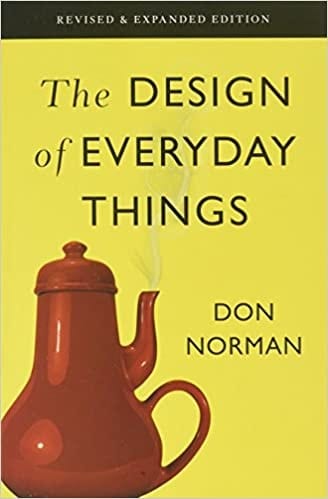
The Design of Everyday Things is a best-selling book written by cognitive scientist and engineer Donald A. Norman. The book describes how design can serve as a communication tool between users.
The Industrial Design Reference and Specification, Dan Cuffaro and Isaac Zaksenberg
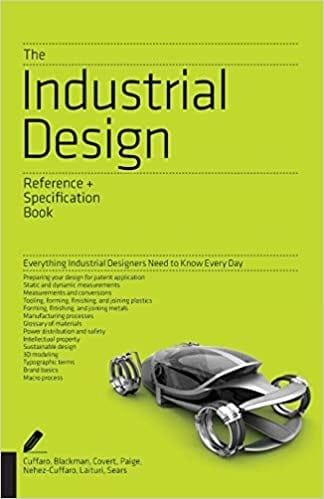
This book displays designs and works that endure. It explains the necessary knowledge that designers need and the endless detail required for their work.
Product Design and Development, Karl Ulrich and Steven D. Eppinger
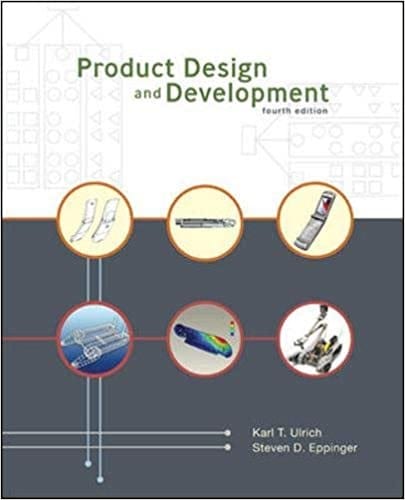
Product Design and Development discusses contemporary designs and prototypes as well as the customer’s needs.
Industrial Design Certifications
Certifications in any field are a great way to stand out. The same can be said for industrial design. Explore some certifications that will help you in your next job search.
Autodesk Certification
Stand out from the competition with this Autodesk credential. Autodesk provides you with resources to complete certification as an associate, professional, or expert.
NPDP Certification
The New Product Development Professional certification will set you above the rest. The PDMA is an internationally recognized body that provides essential educational resources.
Occupational Skills Certificate in Industrial Design
This certificate will prepare students who have some design experience for entry-level jobs in industrial design. Students may also use this certification to continue their education at a four-year university.
Best Online Industrial Design Resources
There are plenty of industrial design resources available online. Explore a few of those resources here.
Lynda.com
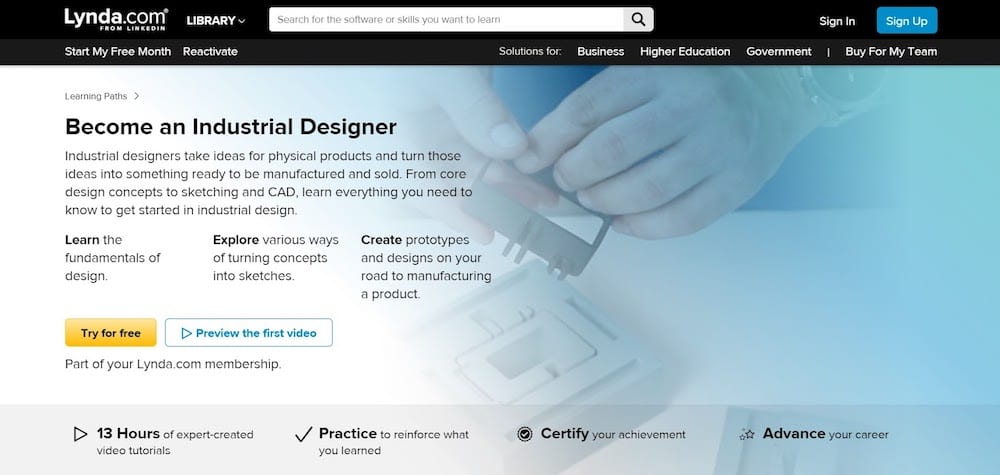
Free through LinkedIn Premium, Lynda gives prospective industrial designers resources like videos, practicing opportunities to reinforce lessons, and certifications. And the courses are taught by industry experts.
Free through LinkedIn Premium, Lynda gives prospective industrial designers resources like videos, practicing opportunities to reinforce lessons, and certifications. And the courses are taught by industry experts.
National Association of Schools of Art and Design
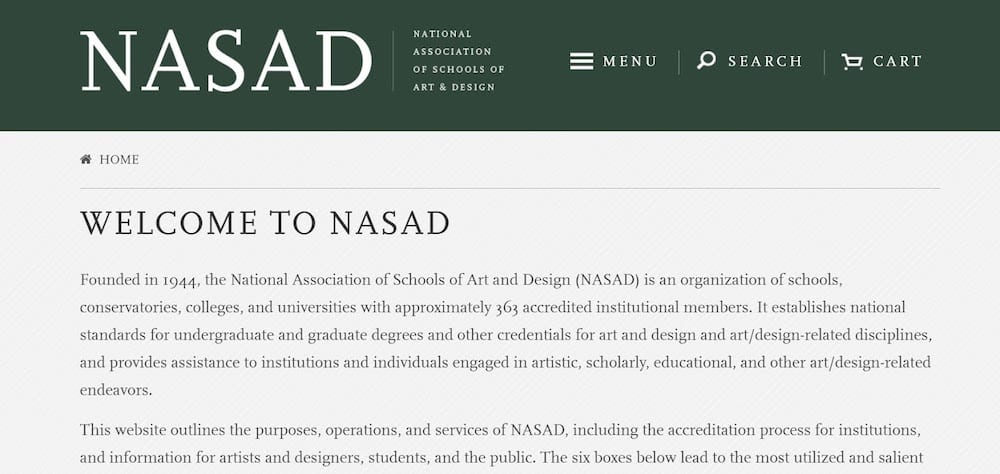
NASAD is an invaluable resource for students looking to advance their design careers. The website features a collection of schools, conservatories, colleges, and universities and sets the standards for education within the design industry.
Should You Study Industrial Design?
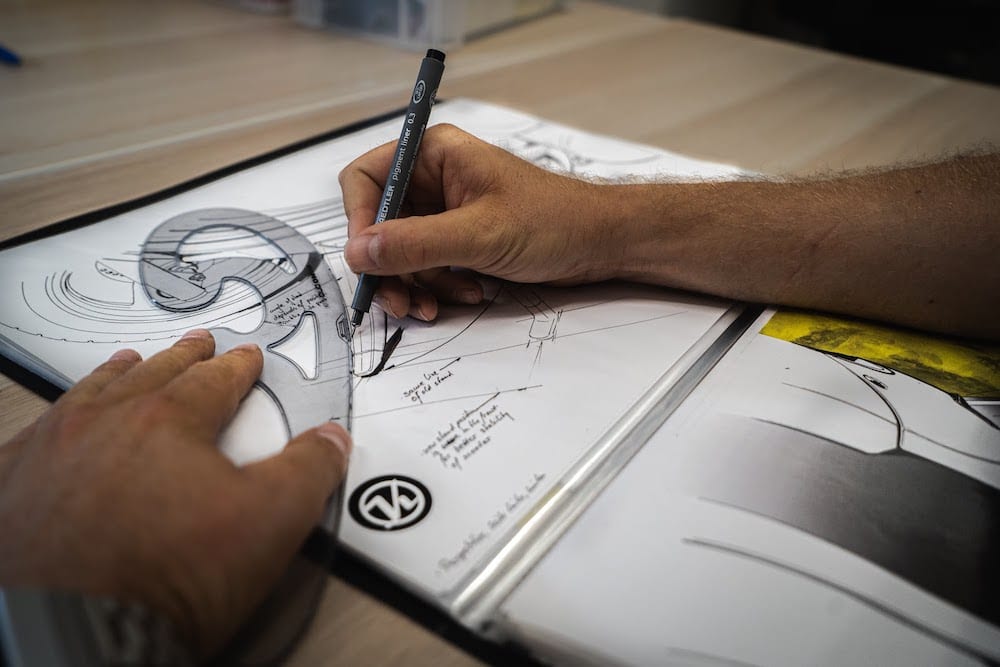
Industrial designers have an affinity for building and creating. They relish detail and solving problems. They are also creative and artistic, have above-average computer knowledge, and strong interpersonal skills. If this sounds like you, then the exciting field of industrial design might be the perfect fit.
Additionally, the field offers a competitive salary. According to the Bureau of Labor Statistics, industrial designers make on average $68,890 per year. While studying industrial design may sound overwhelming, there are plenty of opportunities for learning and advancement. You can surely build a future in industrial design. All you have to do is start.
About us: Career Karma is a platform designed to help job seekers find, research, and connect with job training programs to advance their careers. Learn about the CK publication.



